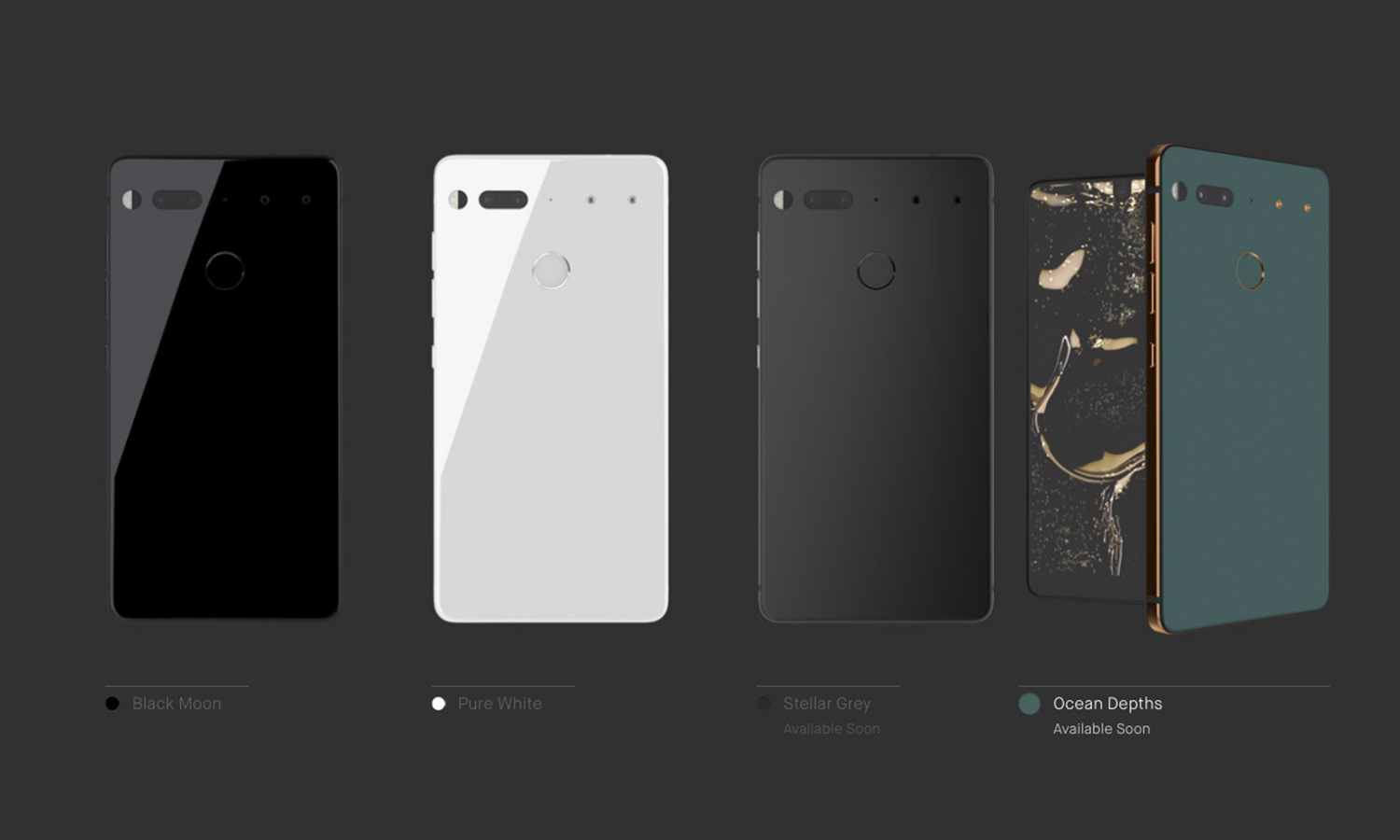Essential Phone: What It Is and Why You Should Care
The $699 Essential Phone is a pure Android smartphone from the founder of Android.
After months of delays, the father of Android is releasing his long-awaited Essential Phone. Andy Rubin, who developed the operating system before it was acquired by Google, branched out in 2014 to start his own hardware company. The first product, the Essential Phone (or what the company calls just Phone), runs pure Android — no modifications.

The road from announcement to launch has been a little bumpy, so we’re approaching this phone with caution before we review it in-depth. Here’s everything you need to know about the Essential Phone before you consider buying one.
Another Android phone? What’s the big deal?
The big deal is Essential’s founder, Andy Rubin, who helped to create Android in 2003 and went to Google to lead its mobile development when the search giant acquired Android in 2005. He knows the OS like the back of his hand, and Android purists hope that his hardware will realize the full potential of the operating system.
Where and when can I buy it?
You can pre-order an Essential Phone right now via Essential’s website, Best Buy, and Sprint, which is the device’s exclusive wireless carrier. If you order through Sprint, you’ll get a $260 discount if you sign up for the company’s 18-month Sprint Flex lease program. You can also buy an unlocked Essential Phone from Best Buy or through Essential to use with any wireless carrier.
If you already ordered an Essential Phone, it should be arriving...soon. The company emailed customers on Aug. 16 to notify them that their devices would ship just days after payments are processed.
What are the specs?
The titanium- and ceramic-clad Essential Phone has a solid spec sheet. First, the 5.7-inch edge-to-edge display dazzles with quad HD (2560 x 1312) resolution. It’s practically bezel-free; Rubin’s team didn’t even keep a top bezel for the 8 MP front-facing camera. Instead, the display cuts around it. It packs in Qualcomm’s Snapdragon 835 CPU, 3040 mAh battery, 4GB of RAM and 128GB of storage. The phone weighs in at less than 6.5 ounces.

It offers the standard high-end smartphone features: fingerprint scanner, the usual sensors (accelerometer, barometer, gyroscope), and a USB-C port with quick-charging capability. The Essential Phone lacks a headphone jack, but it offers a magnetic connector for attaching accessories like a 360-degree camera and dock. A 3.5mm-to-USB-C adapter will be included in the box.
Wait, it comes with accessories?
Essential’s camera and dock are sold separately on its website, but they attach easily to the via a magnetic connector that wirelessly transfers data from phone to accessory. The camera, for instance, clicks to the device’s rear and shoots photos and videos that are automatically transferred to the phone itself. While the dock is not yet available to order, you can buy a phone and camera bundle for $749.
What about the cameras?

The phone has two 13 MP rear lenses, including a monochrome sensor for better low-light photos and true black-and-white images. The front camera shoots 4K video at 30fps.
What colors can I choose from?

Black Moon and Pure White are the options available to buy right now, with Stellar Grey and Ocean Depths (a teal green) coming soon.
Are there any other notable design features?
Essential decided not to put a logo anywhere on the phone, so people might not even know which device you’re using (unless you want to tell them).
Which version of Android will the Essential Phone run?
The most up-to-date version of Android you can use right now: a completely unmodified Nougat 7.1.1. Essential has already announced that the Essential Phone will get two years of Android updates and three years of security patches, though the company hasn’t specified how quickly those upgrades would be available to users.
Sign up to get the BEST of Tom's Guide direct to your inbox.
Get instant access to breaking news, the hottest reviews, great deals and helpful tips.
Caitlin is a Senior editor for Gizmodo. She has also worked on Tom's Guide, Macworld, PCWorld and the Las Vegas Review-Journal. When she's not testing out the latest devices, you can find her running around the streets of Los Angeles, putting in morning miles or searching for the best tacos.
-
steelscrap Potentially a good phone but is pre-doomed for failure since it's being released as a carrier exclusive (and it's the weakest carrier).Reply -
tightblunt Sprint is the only carrier you can purchase the phone through at release. You can buy it directly from Essential or Best Buy unlocked and will work with any carrier.Reply
